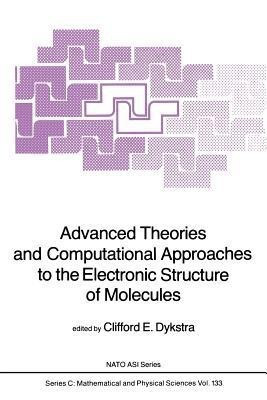Advanced Theories and Computational Approaches to the Electronic Structure of Molecules(English, Paperback, unknown)
Quick Overview
Product Price Comparison
That there have been remarkable advances in the field of molecular electronic structure during the last decade is clear not only to those working in the field but also to anyone else who has used quantum chemical results to guide their own investiga- tions. The progress in calculating the electronic structures of molecules has occurred through the truly ingenious theoretical and methodological developments that have made computationally tractable the underlying physics of electron distributions around a collection of nuclei. At the same time there has been consider- able benefit from the great advances in computer technology. The growing sophistication, declining costs and increasing accessibi- lity of computers have let theorists apply their methods to prob- lems in virtually all areas of molecular science. Consequently, each year witnesses calculations on larger molecules than in the year before and calculations with greater accuracy and more com- plete information on molecular properties. We can surely anticipate continued methodological develop- ments of real consequence, and we can also see that the advance in computational capability is not about to slow down. The recent introduction of array processors, mUltiple processors and vector machines has yielded a tremendous acceleration of many types of computation, including operations typically performed in quantum chemical studies. Utilizing such new computing power to the ut- most has required some new ideas and some reformulations of existing methods.


